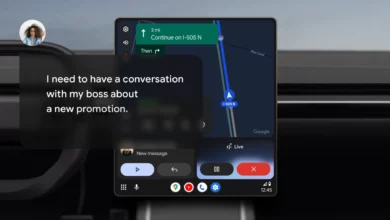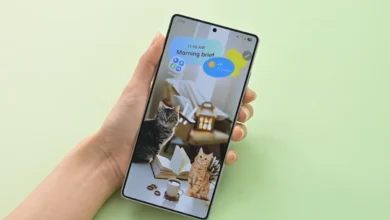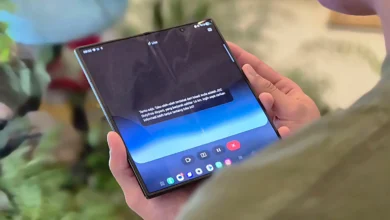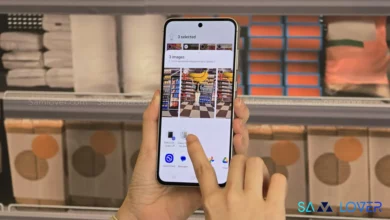Samsung Galaxy Affordable Phones to Get Better Video Playback with AV1 Support
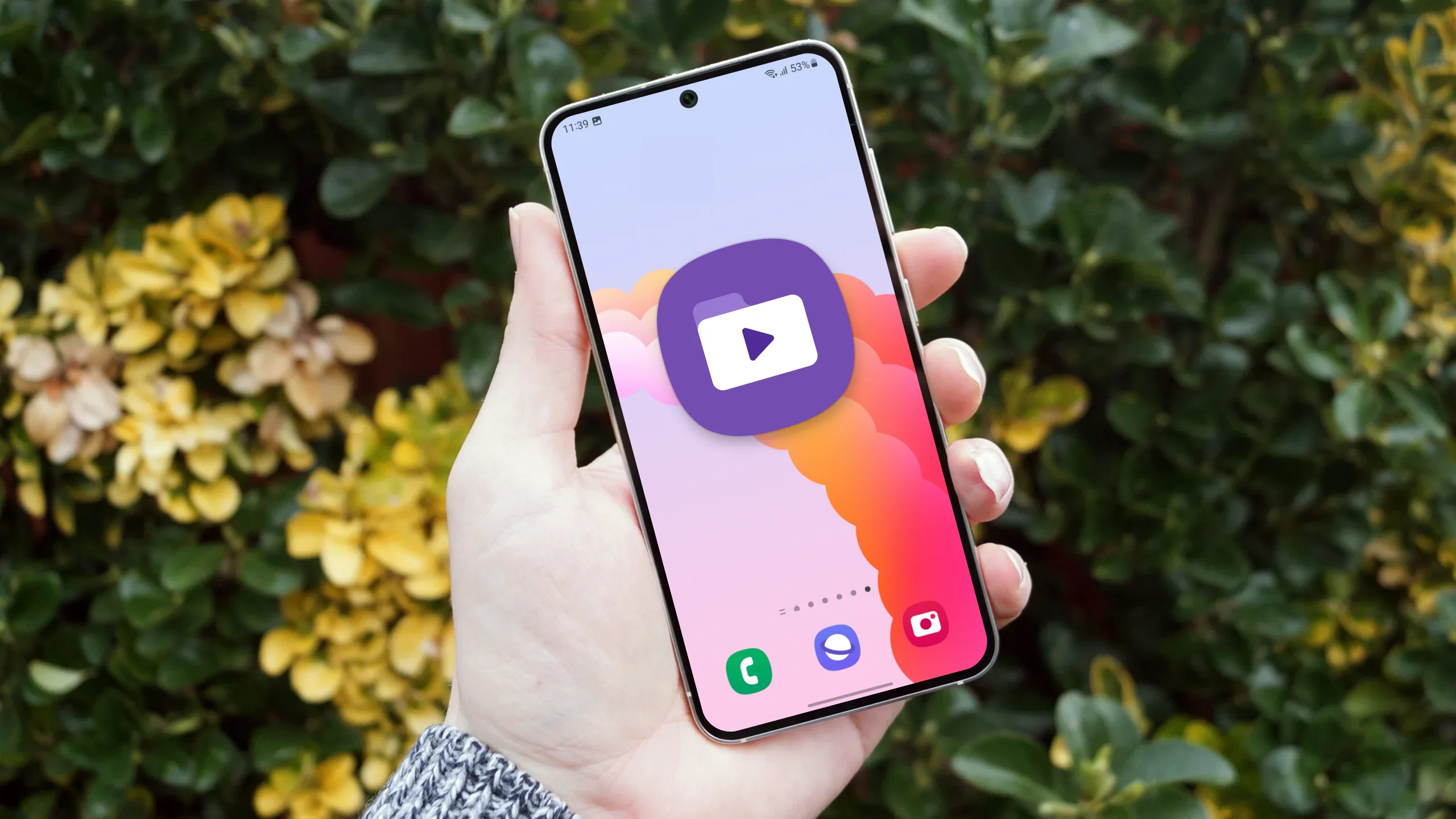
We are exactly in the middle, where time is actual money. To preserve time, people prefer to go through video instead of searching or reading. Undoubtedly the biggest source of videos is YouTube, which shared an astonishing statistic.
Digital media platforms are hubs of entertainment, and the rise of this landscape came from TikTok and the never-ending online streaming war between Netflix and other media companies. Now, for smoothly delivering the video content by these online services constantly, it’s pretty essential that brands use the best compression technology available to save bandwidth.
This is the main reason why the Alliance for Open Media’s AV1 codec has been gaining grip among online streaming services.
Basically, AV1 is a video codec that provides excellent compression efficiency as compared to previous codecs, such as H.264, H.265, or VP9, so it directly points out that video encoded in AV1 can deliver similar video quality at quite lower bitrates. This decreases the bandwidth needed by both the streaming service and the end user without compromising on quality.
Somehow, it appears that streaming services have been a bit late to adopt AV1 for their content. But while platforms such as YouTube, Netflix, Instagram, and Vimeo already encrypt much of their content in AV1, they still serve this content in other codecs to the huge majority of consumer devices.
This is the main reason why several consumer devices still lack hardware support for playing back AV1 videos, so that means they would have to use a software decoder running on the CPU to play back an AV1 video. The fact is, video decoders can be hardware-based or even software-based by using the CPU, but hardware is the better option for smooth playback and low power consumption, specifically for demanding video formats such as AV1.
Hard to relate, the majority of smartphone devices lack hardware-accelerated AV1 decoding; that’s why battery drains occur most while watching videos. Finally, the latest chipsets from Qualcomm and Apple include it, but its obvious adoption will take quite some time as not everyone upgrades frequently or buys flagship devices.
Whereas, as a strong competitor, Google is also gearing up to upgrade Android so that existing devices can sufficiently play back AV1 content even if they lack a hardware-accelerated decoder. Although the release of Android 10 has included the libgav1 decoder, an open-source AV1 decoder developed by Google, Noticeably, libgav1 is not the only AV1 decoder out there, as there’s also the Alliance for Open Media’s libaom and VideoLAN’s libdav1d. (via- Android Authority)
Libdav1d also runs on the CPU, similar to libgav1, but it’s efficiently better at decoding AV1 content as compared to libgav1. This is possibly responsible for the fact that large parts of libdav1d were written in assembly for ARMv8 chips, which decreases performance overhead. As per the reports, when the device Google Pixel 3 XL was tested, which is powered by Qualcomm’s Snapdragon 845, it lacked a hardware-accelerated AV1 decoder. While testing, the reporter played back two videos encoded in AV1: a 6:30 clip of the Artemis, then launched at 4K60, and a 9:11 clip from Netflix named “Sparks” at 1080p25. The testing shows that libdav1d performed better as compared to libdav1. Whereas the Pixel 3XL averaged more than 50 fps when playing the Artemis 1 clip using libdav1d as the decoder.
By using VLC Media Player, you can test libdav1d on your Pixel 3 XL device, which bundles libdav1d. Since November, the AOSP source code has included the libdav1d decoder. This is because Google needed to experiment with using libdav1d instead of libgav1 as the system-provider AV1 decoder for Android.
It is also known that Google informed its partners a few months ago that they have plans to replace libgav1 with libdav1d on existing devices by March 2024 through an upcoming Google Play System Update. Now let’s see what twerks will appear in the upcoming March 2024 Google Play System Update.
